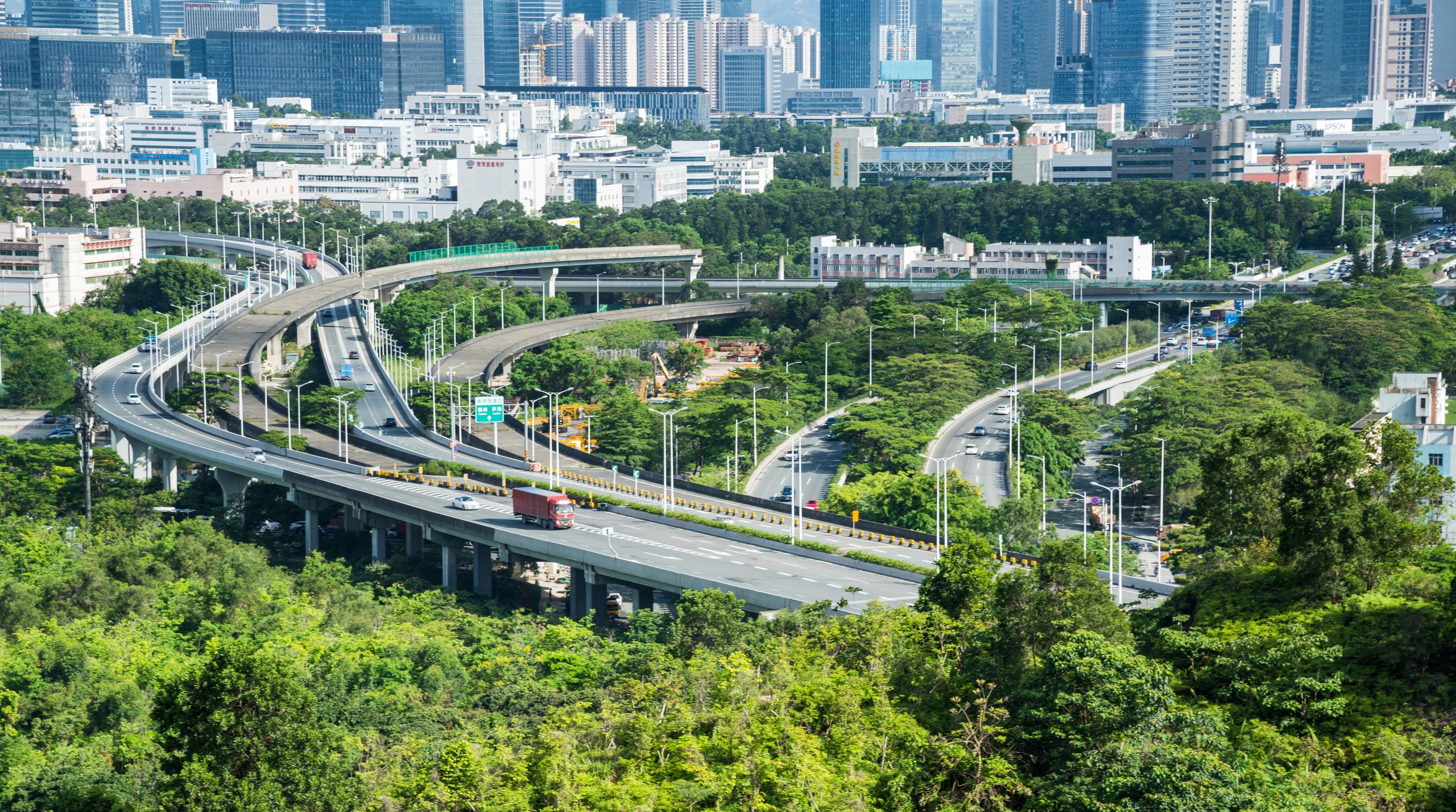East Asia Blog Series
What Makes New Cities Successful?
Gloria P. Gerilla-Teknomo 15 Apr 2021
The right blend of public and private sector support, along with long-term transport strategies and anchor institutions such as schools and hospitals, are some of the basic ingredients needed for a successful new city.
The United Nations estimates that 60% of the world’s population will live in cities by 2030. People tend to flock to long established cities which causes overpopulation in megacities. Today, one in five people worldwide lives in a city with more than 1 million inhabitants and this is growing. One solution to the overpopulation in megacities is to plan and develop new cities. Since 2000, more than 40 countries have built more than 200 new cities.
Strategically located, purpose-built cities are intended to become tomorrow’s trade, finance, logistics, technology, or commercial centers, focusing on long-term economic growth that could challenge existing global networks. Some examples of new city developments include Xiong’an New Area in the People’s Republic of China, designed to become a hub for research, education, and high technology research and development; Sri Lanka’s Colombo Port City, envisioned as a major financial center in the sub-continent; and Sejong, Republic of Korea, which is being built to relocate the central government functions from Seoul.
How can we gauge if a new city will become successful in achieving its primary development objectives? Looking at several city developments, there are several factors for success:
Presence of anchor institutions and transport infrastructure. Basic facilities such as schools, hospitals, and shopping centers should be developed and supplied in time to attract residents. Irvine in Southern California was planned to include a branch of the University of California which made the city grow. Also, transportation channels such as highways and mass transit systems must be available.
Land development can also be coordinated with rail investments. A housing development in Tama, Japan, was planned and built together with the rail line, and this contributed to its growth.
There should be a balance for both the supply of infrastructure and the demand for it. Developers must be cautious about over-building before there is demand and delayed supply of infrastructure and services that could slow down the growth of new cities. For example, the construction of rail transit in Tsukuba lagged in the early years, resulting in time-consuming traffic and relatively weak connection with Tokyo.
Strong central and local government policies. Governance structure and support plays a role in new city growth. New developments rely on support from higher levels of government, often including compulsory land expropriation, the establishment of a specialized development company, and financial support. Stable government support is essential for the success of the new city.
However, higher level government leadership or central government policy could change over the course of the development, which risks the momentum of growth, as in the case of Sejong in the Republic of Korea. Sejong was planned to become the new capital and promote the regional development of other areas of the country. However, a court ruled that the capital must remain in Seoul in response to a complaint filed by the main opposition.
The sustainability of new city growth is always a challenge.
Since then, Sejong has lost its momentum, and the relocation is only half-done. A new city’s access to central government support is a big plus, but strong local institutions are needed for the area to grow its capacity and adapt to the evolving environment. Tsukuba, the city of science near Tokyo, illustrates the importance of local capacity development for sustained growth. The story of Tsukuba’s development suggests two key factors: strong support from the central government, and local strategies that are responsive to the changing circumstances. The former is key to the success for Tsukuba’s development in the first two decades, and the latter is essential for its sustained growth into today.
Enabling environment that allows business sector to flourish. While government planning and public sector expenditure is essential for new city growth, they alone are far from sufficient to grow a prosperous city. The ability of the private sector to participate and function smoothly is also an important dimension of new city development. In the United States, private developers have led the development of many successful suburban cities.
In the People’s Republic of China, Shenzhen’s success significantly benefited from the presence of an active private sector. The ability of the government to attract the private sector to work together has set the tone for new cities to grow. Kunshan, also in the People’s Republic of China, stands out because of the local government’s continuous willingness to innovate its services for the business sector.
The stories of Shenzhen and Kunshan show how local institutions, enabled by high-level governments or local governments, have laid down the foundation for the private sector to prosper. Some typical policies to attract private sector development include tax reductions and exemption for new businesses or high-tech companies.
Natural endowment is important but not a dominating factor. The natural attributes of an area are often perceived as an attraction for residents to move to a new development. Irvine in California, like other cities in Southern California, has been praised for its natural environment. Lake Kasumigaura, the second largest lake in Japan is located near Tsukuba. The presence of natural land or waterscapes is an advantage however, this is rarely a leading factor for a new city’s success. New cities tend to be planned at sub-prime locations because better locations have been already developed. If the other factors are present, natural endowment is not crucial to develop a new city.
The sustainability of new city growth is always a challenge. The economic environment may change, a rival city may thrive and compete, local residents and businesses may leave, and political support may disappear.
To address this, during the inflow of resources at the start of a new city development, leaders should lay out a clear path for local institutions to develop and take the lead. Local government, therefore, must constantly update its strategies and continually pursue an environment for the private sector to flourish.
The process of city development is complicated and dynamic but key factors can guide developers toward a sustainable and vibrant city.
Author

Gloria P. Gerilla-Teknomo
Senior Transport Sector Officer, East Asia Department, ADB
This blog is reproduced from Asian Development Blog.


